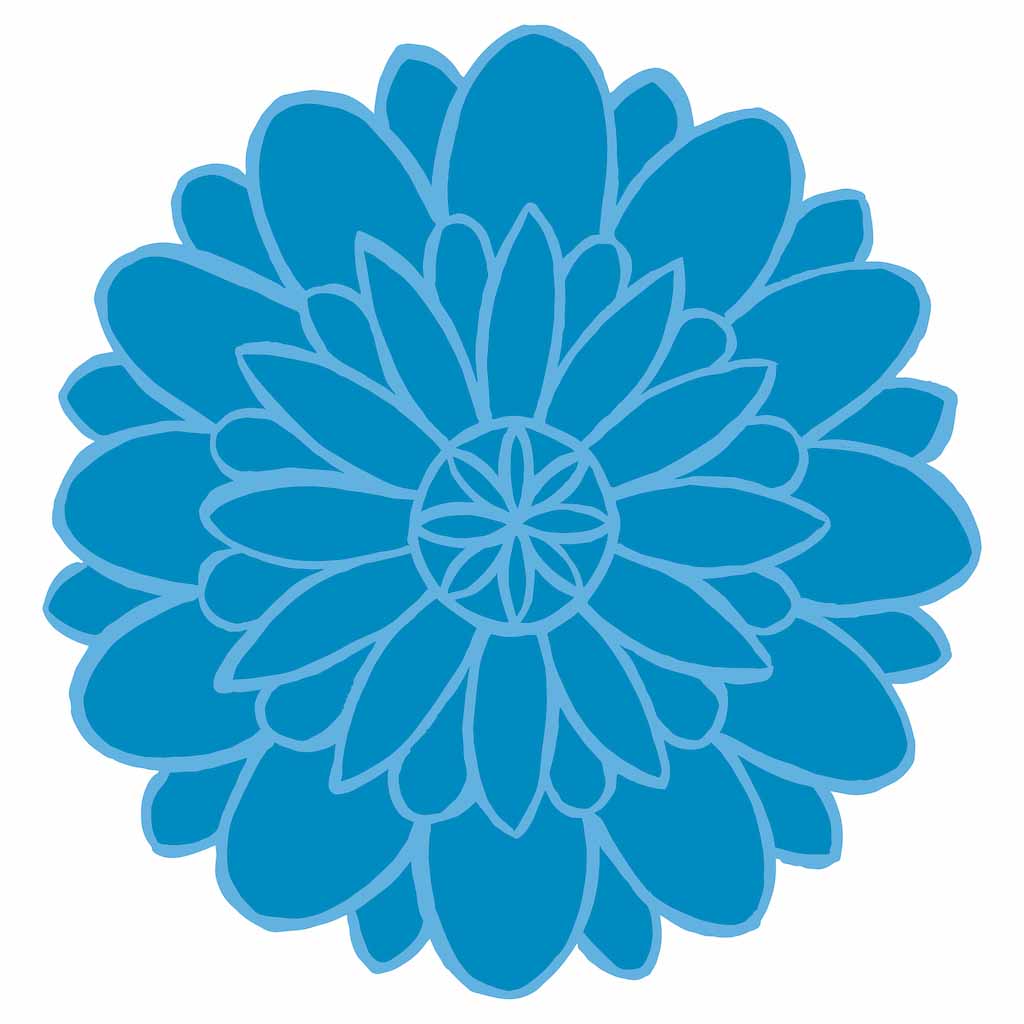Session 11: The Programme Ends but the Journey to Non-Violence and Survivor Support Continues: Closing Session

General Information
Note
The Closing Session should focus on participant’s reflections and their commitment to continuing the journey to non-violence in homes and communities and survivor support.
Session 10 and the Personal Action Plans will help participants be specific about what they are committing to and why. The session should be loosely structured as described below to give participants the opportunity to take the lead in sharing what they have learned.
Closed Session or Open Session?
The closing session can be a closed session like the previous sessions, where only the original group members participate. The facilitator and participants may make a collaborative decision to make it an open session and invite community members.
If the decision is made to make it an open session that will include men and women from the community, the Facilitator should ensure that the voices of women and girls are part of the planning for that session.
For example, do women and girls want to play a role or do they want to observe and listen to the commitment’s men are making.
While it is important for women to hear and understand what group participants are committing to through them Personal Action Plans, it is as important for other men in the community to hear and ask questions of the participants. This gives participants the opportunity to share what they have learned and to practice being out of the man-box in front of other men in the community.
Facilitators should be prepared for a longer session if participants decide to invite community members.
The closing session should be planned by the group members themselves with support from the facilitator. If the session will be closed, as mentioned above, the facilitator should plan this with participants. It is important to make sure that this session is reflective. Facilitators should make sure to engage participants in a reflection of their journey. What they have learned, found useful/unusual, their hopes for going forward and continuing their journey. Women and girls from the community should be consulted about what they feel is appropriate for the closing session as well.
As an open session may be more difficult to plan and facilitate, below is a suggested structure and suggested activities for facilitation:
Session Objectives
(if open group with community members invited)
By the end of the session participants will have,
- Shared concrete and specific commitments to changes in self, home, relationships, and how they support survivors
- Spoken out in public about VAWG and why they are committed to change.
- Share what they have learned about IPV, CEMFU, and rape and supporting survivors
(if closed group with only group participants)
By the end of the session participants will have,
- Shared what they felt were the most impactful parts of the intervention for them personally.
- Shared concrete and specific commitments to changes in self, home, relationships, and how they support survivors.
- Agreed on how group members can support each other on their continued journey to non-violence.
Activities
Activity 1
Welcome and Introduction of the Intervention
- Facilitator welcome participants and community members to the closing session of journey to non-violence and supporting survivors.
- If this is an open session and appropriate invite a male and female community leader to make introductory remarks at the opening of the session.
Activity 2
Open Discussion
- Facilitator invites 2-3 group participants to provide a brief overview in their own words of the intervention to community members in their own words.
- After the participants finish the overview of the intervention the Facilitator invites community members to ask any questions or share any thoughts or comments about the intervention. Questions should be answered by any of the group participants as much as possible.
- After the questions and comments the Facilitator should emphasize the purpose of the intervention starting with an explanation of why situations of displacement and human mobility contribute to increased VAWG.
Purpose:
- Men commit to ongoing reflections on how they use their power in the home.
- Men speak out against VAWG and begin to hold themselves and other men accountable
- Men support survivors by believing them, not blaming them, and not blocking help seeking behaviours
- Facilitator emphasizes that while the group participants have gone through the intervention it takes the entire community to reduce the risk of male violence against women and girls is reduced and men’s support for survivors is increased.
Activity 3
Facilitator invites each participant to speak for 4-5 minutes. Participants should be encouraged to share what they felt made the biggest impact on them.
For example, they might mention a specific session, specific topic, whatever they feel made a lasting impression on them. Participants should then share one commitment they are making to reduce the risk of IPV, CEMFU, and rape in the community.
- Facilitator will need to keep time.
- After each of the participants have had a chance to share, the facilitator can invite a woman community leader to speak and girls to speak. This should be pre-arranged. If additional women and girls are there the facilitator should open it up to at least 10 minutes of comments and observations from the women and if any other women would like to speak.
Activity 4
Closing/De-Brief
- On behalf of the group a participant thanks the community for attending, emphasizing the importance of women and girl’s safety and survivor support.
- The facilitator adds their thanks to the community for attending and for taking the issue of VAWG so seriously.
- The facilitator should offer words of encouragement to the men to continue the journey to non-violence and survivor support they’ve started together.
- Community members and participants are invited to partake in light refreshments together.

